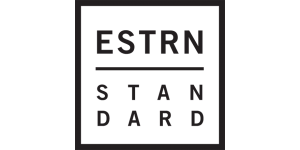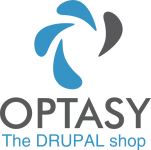This presentation dives into how we solved our issues with managing the development lifecycle for a very large enterprise Drupal distribution.
Our major challenge was not managing the distribution, but managing the customer implementations which may include custom themes and 3rd party integrations to AMSes, LMSes, identity providers (SSO), payment gateways, and general custom development like business logic.
In detail, some of the problems we had that needed solving:
- We couldn't fully test feature branches, only the release branch
- PM and QA couldn't review large features before they get merged
- Code would sometimes have to be painfully pulled out of release branches as it wasn't ready to test/deploy
- Impossible to test a customer's code against new features
- Running things other than Drupal (SAML2/Shib, Java, Solr, Elasticsearch etc.) not really possible with current options
- Deploys sometimes don't work as expected due to environment differences
- Enterprise customers (HIPPA, SAS70, PCI) sometimes would not be able to use a cloud service, or would configure environments non-optimally.
- Post-deployment validation still had to happen
Moving to a containerized platform helped us streamline our development process and enforce checks at every step of the process all the way to production.
This is a mostly abstract look at how the containerized process works, no coding knowledge necessary.
We use Drupal 7 but this is applicable for any Drupal.
Some knowledge of the basic development process (branching, tagging, etc.) is helpful.
Target audience is for product owners or devops engineers.















